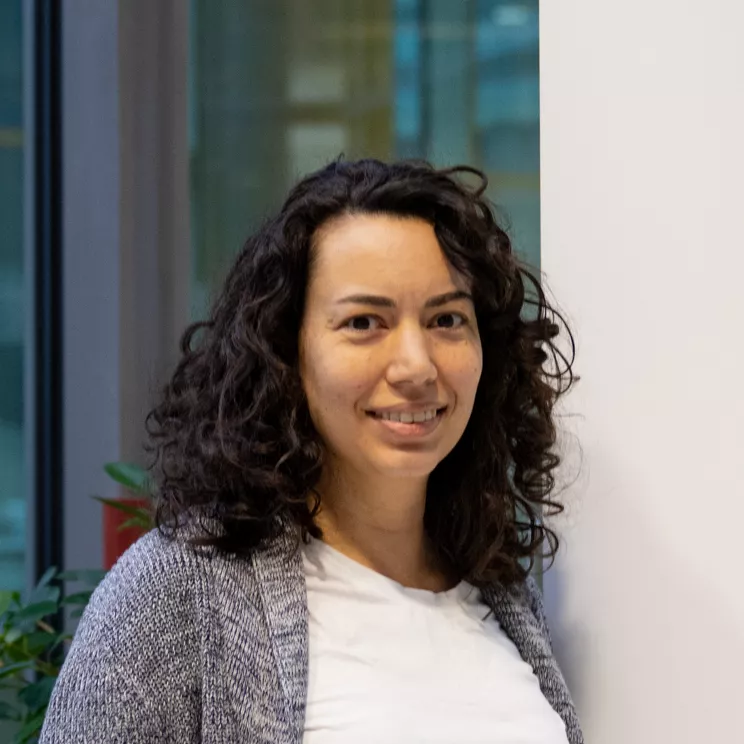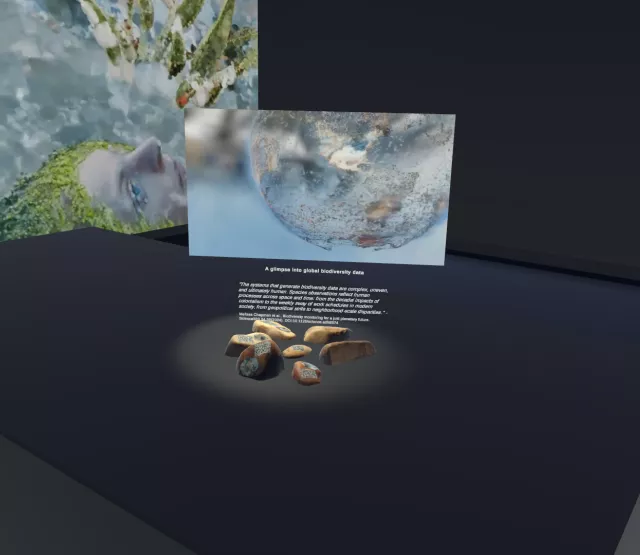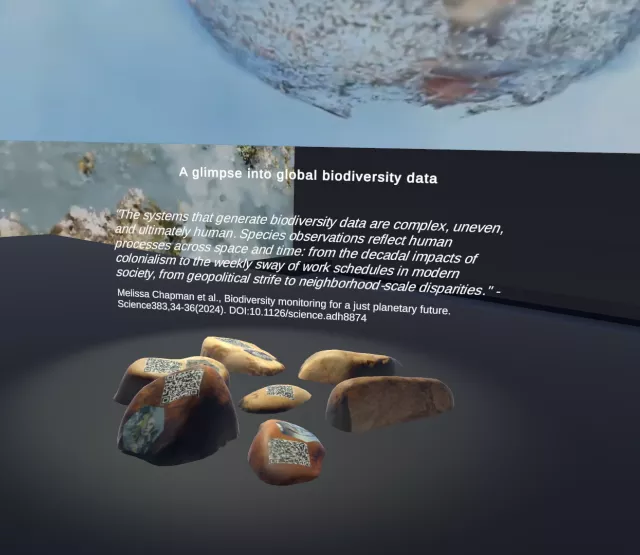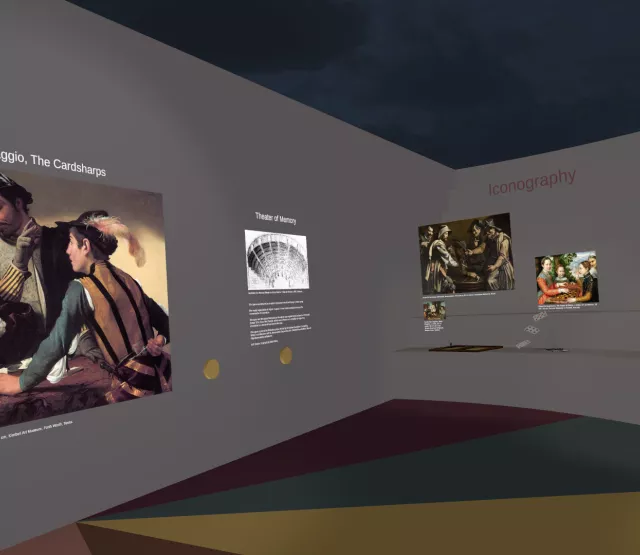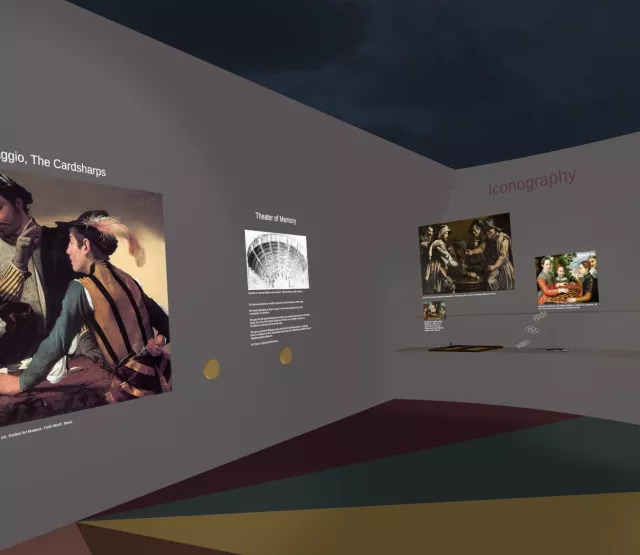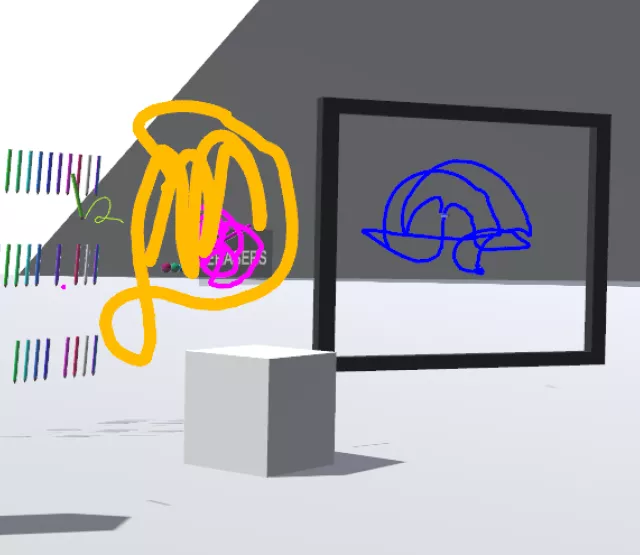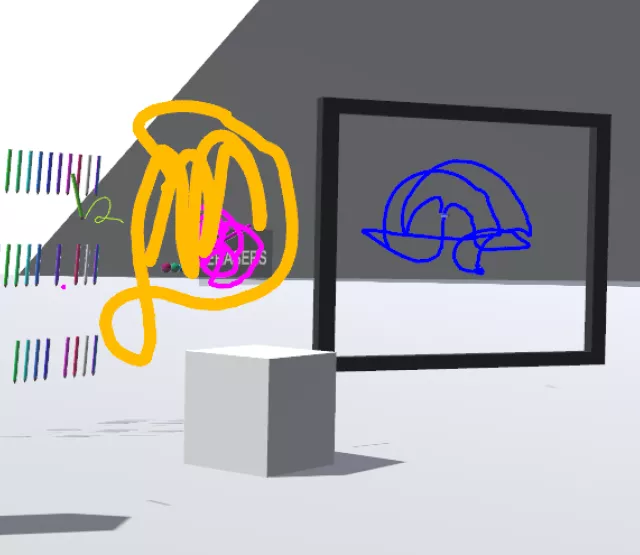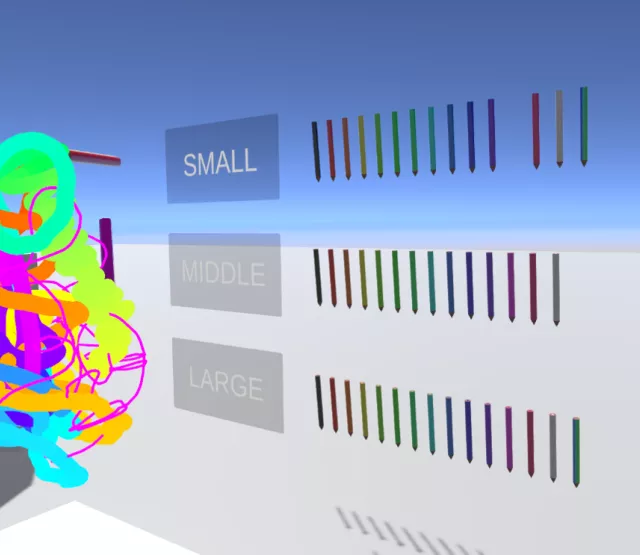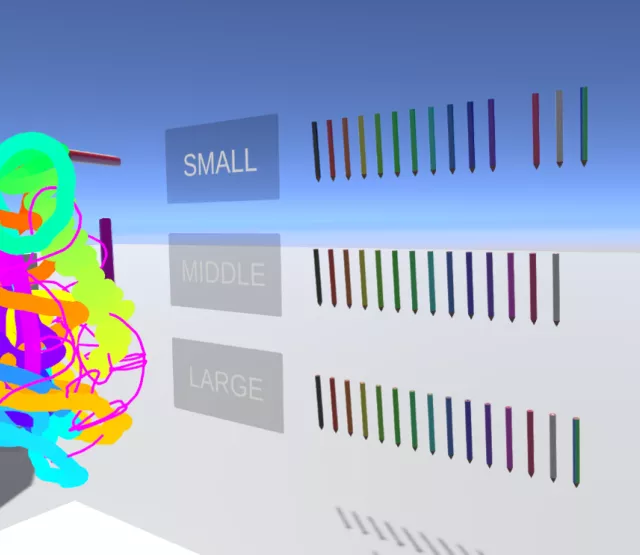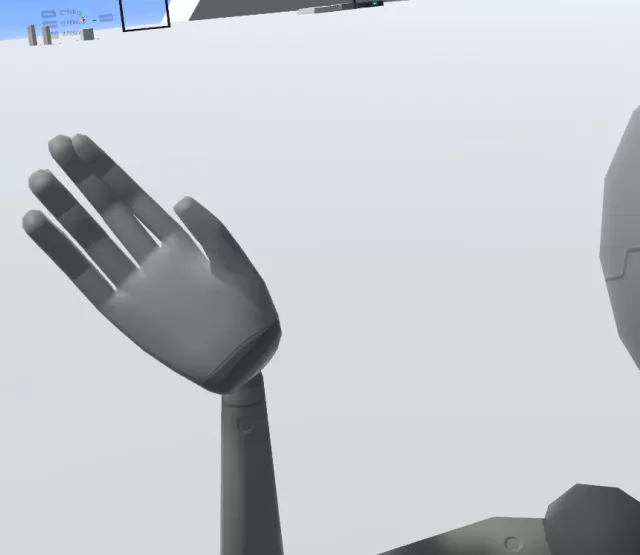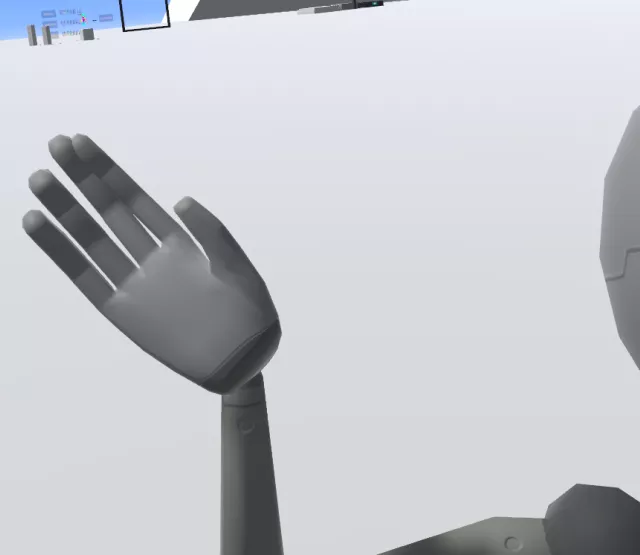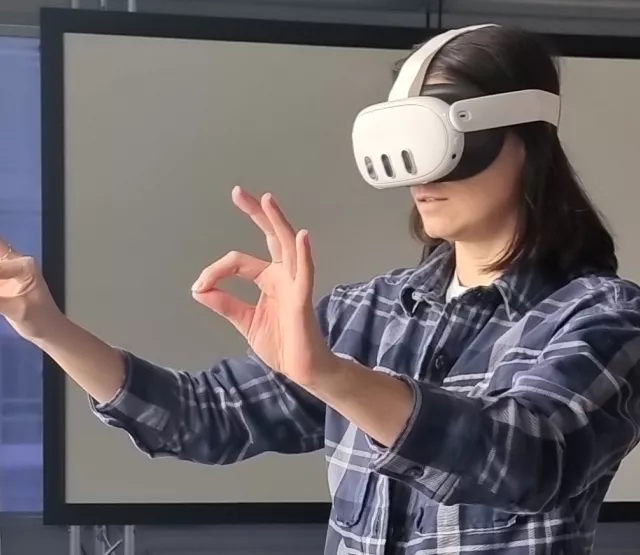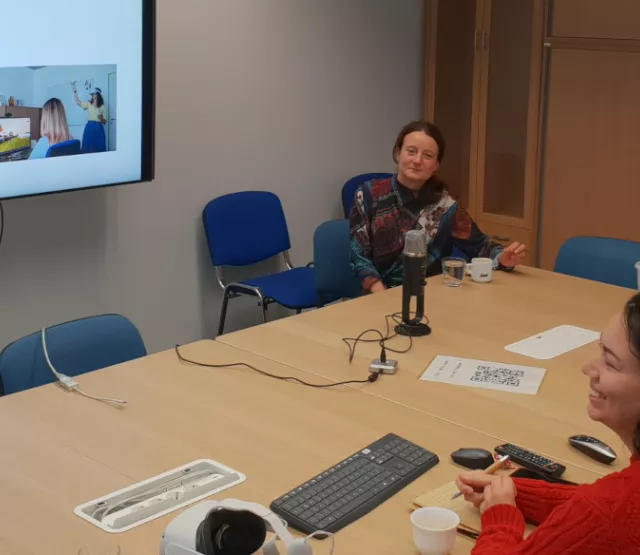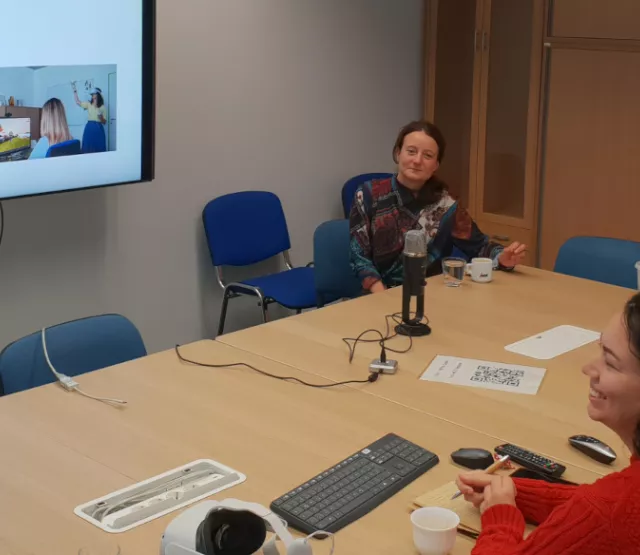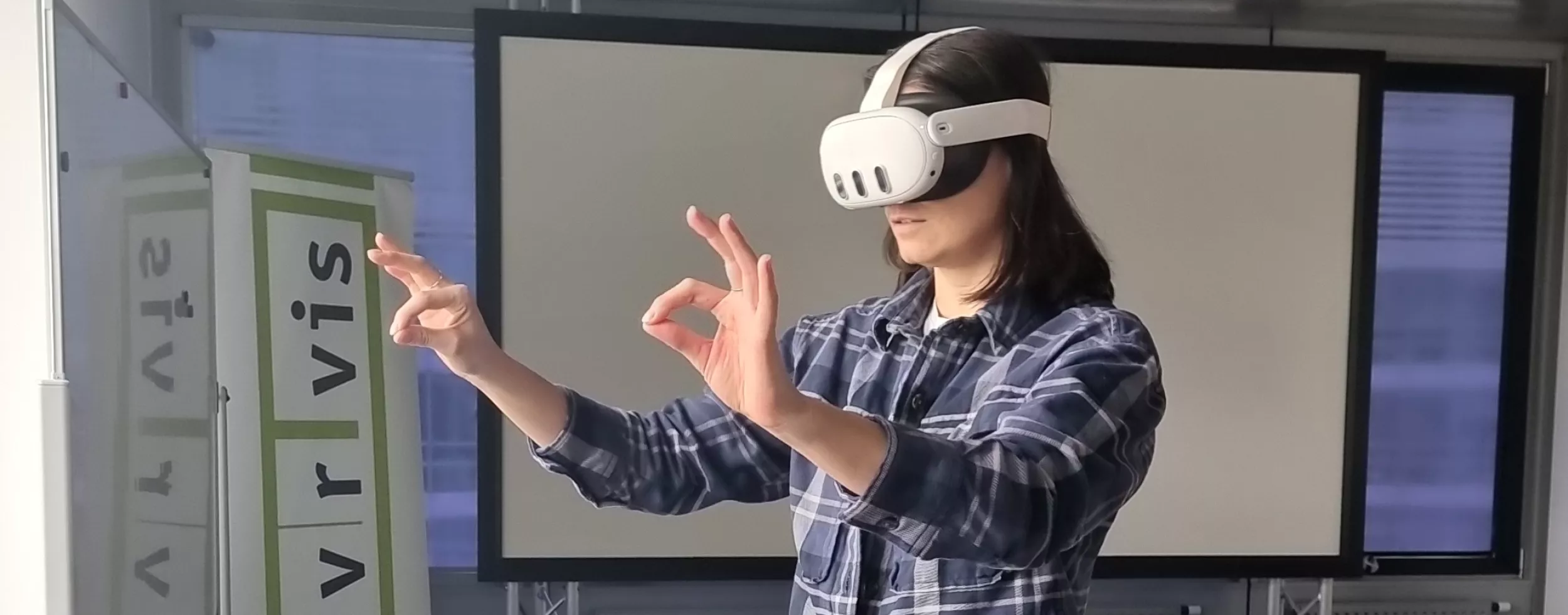
Förderjahr 2023 / Projekt Call #18 / ProjektID: 6899 / Projekt: ARTverse
As we are progressing with our work on ARTverse, we want to provide an in-depth look into the idea behind the project, some details about the context, and an impression of our aims more and more taking shape.
Starting point: a brief history of Metaverse
Metaverse is a term coined by Neal Stephenson in his 1992 science fiction novel “Snow Crash”. It envisions the internet as a spatial entity accessed via headsets of virtual and augmented Reality. In October 2022, the tech giant Meta announced Horizon Worlds, a social media platform in an immersive environment that users would explore with their avatars. At the same time, non-fungible tokens (NFTs) and their possibility of uniqueness in the digital realm gained popularity. The term “Metaverse” also became a buzzword in business, with companies selling virtual terrains and spaces, and creators turning their works into NFTs to decorate these spaces.
ARTverse project and the Metaverse idea
Our initial concepts for the ARTverse project originated in March 2023. We perceive digital immersive environments, or the Metaverse, as a realm of creative possibilities that extend beyond the mere replication of physical spaces and relationships. For instance,
What sense does it make to have a bathroom in a house in the Metaverse? Extended Reality (XR) technologies, which encompass Virtual Reality (VR), Augmented Reality (AR), and Mixed Reality (MR), together forming the so-called “virtuality continuum”, are new forms of media and should be explored as such. For the ARTverse project, we decided to begin with virtual reality experiments.
The ARTverse project envisions a platform to offer a comprehensive solution for creating, teaching, and exhibiting art in virtual reality. While there are several applications and tools available for creating and displaying art in virtual reality, ARTverse aims to provide an integrated environment that enables the entire process to take place in VR. By enabling the creative process to occur in a virtual immersive environment, ARTverse aims to facilitate new insights and unique forms of expression specific to the Metaverse.
Metaverse post-mortem?
The hype around the Metaverse was short-lived, and the news portal Business Insider even declared its demise in May 2023. Large language model chatbots like ChatGPT have taken over as the focus of the disruptive technology discussion, replacing immersive technologies. Some researchers disagree with the death sentence and celebrate the failure of Meta's vision of the Metaverse. They believe this opens up opportunities for more meaningful experiences in immersive virtual environments.
Facing an unstable platform environment
ARTverse kicked-off in January 2024, we started the work by looking for a platform to host our solutions for artists, art educators and museums. We tested available platforms and reviewed the documentation to add custom toolkits for creating, teaching, and exhibiting art in these systems. We found out an unstable reality, with several initiatives shutting down, or having their development discontinued. Decentraland, an open source platform but with a marketplace for NFTs and assets, has its dynamic closely connected to the situation of the highly volatile cryptocurrency market. Mozilla Hubs, also an open-source project, will shut down its demo server, the managed subscription, and the community resources on May 31, 2024.
Creativity and skills over simple replication
In our quest for a platform for ARTverse we found people using VR and Metaverse platforms for more than acquiring assets for a virtual space. For example, the artist duo “No Worries Just Shapes” that uses Tilt Brush as a sketch tool for prototyping forms that will be added to their creations. We also learned from existing solutions that kept a stable number of active users for several years.
Pokemon Go started as a huge hit, showing the world what augmented reality can look like. After losing users that downloaded the App just out of curiosity, through narrative and possibilities of creating communities the game still engages thousands of people daily. Unfortunately the COVID-19 pandemic forced the game to adopt an indoor version, which diminished the number of users enjoying public spaces while playing it. But the pandemic increased the number of users and reinforced community ties from Second Life, a virtual world that has existed for more than 20 years. Second Life allows the creation and personalization of spaces and assets, but also offers the possibility of creating events, such as music gigs and meetups. In this way, users can build communities based on common interests.
Advancing the landscape of virtual social interactions
In conclusion, the enduring popularity of platforms like Pokemon Go and Second Life underscores a fundamental preference among users of virtual social networks: the desire for avenues to express creativity and improve skills, rather than simply replicating real-world institutions. This is exemplified by the value placed on customizable avatars over branded virtual clothing. This principle guides the ARTverse project, which aims to cultivate a vibrant community and solicit input from diverse stakeholders. By prioritising user agency and creative expression in our platform choice, we want to improve the landscape of virtual social interactions.

